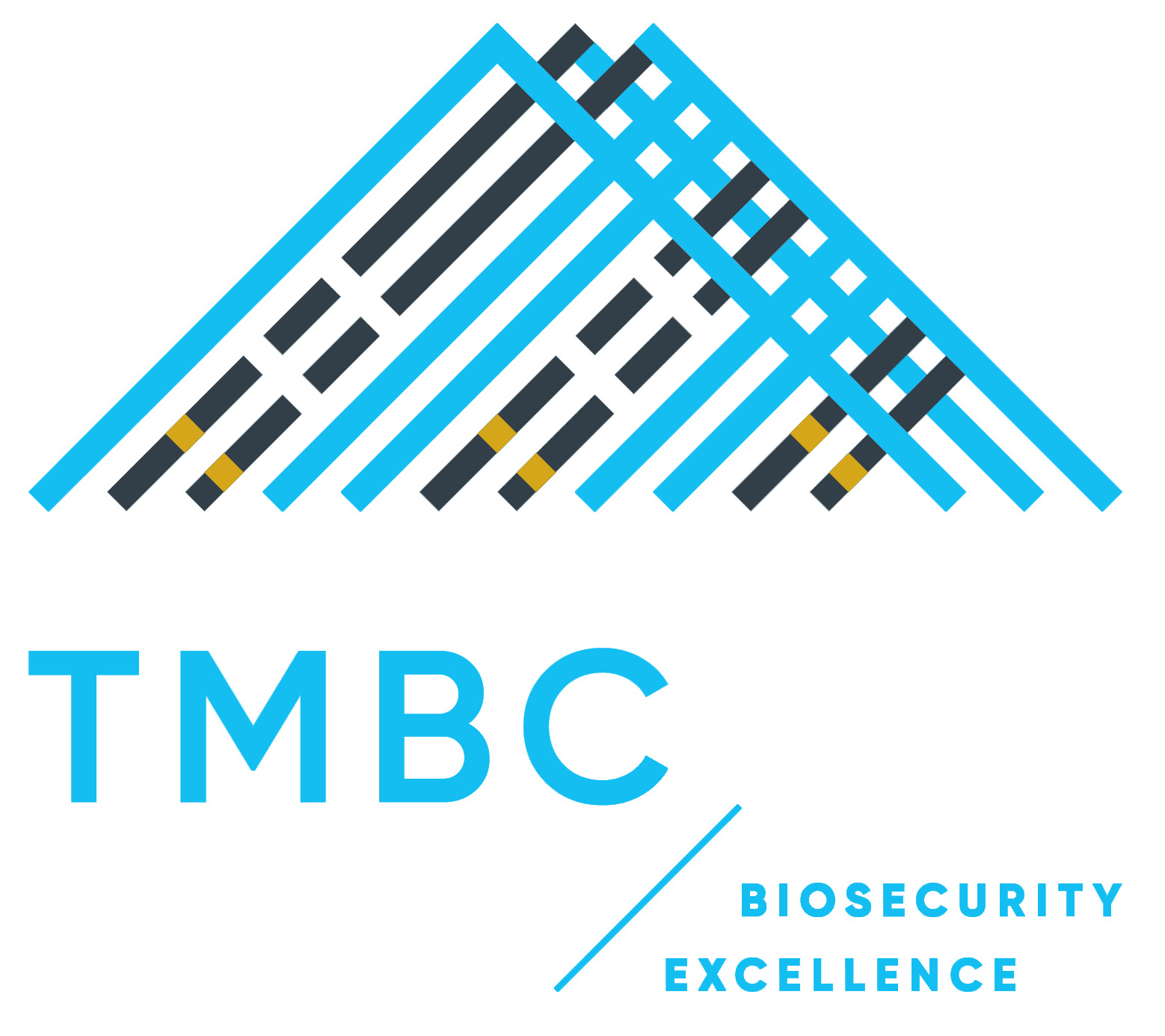More than 3,000 native trees and shrubs have been planted as part of the Bay of Plenty Regional Council’s Te Pourepo o Kaituna wetland creation project, thanks to the volunteer support of Western Bay of Plenty school students.
The planting was part of a series of field days at the Kaituna wetland, organised by the Bay of Plenty Regional Council and Maketū Ōngātoro Wetland Society (MOWS), in collaboration with Ngāti Whakaue, Tapuika and the Department of Conservation.
This annual series, which is now in its third year, invites schools from across the Western Bay to take their teachings out of the classroom and into a real-life conservation project.
Te Pourepo o Kaituna wetland is a staged restoration project that will eventually see 70 hectares of grazing land beside the lower Kaituna River converted back to the kind of wetland it would have once been. The project aims to restore natural wetland habitats that have been lost from the lower catchment while providing opportunities for recreation, kaitiakitanga and wetland education.
This year, nine schools took part with more than 400 students from Waihī Beach to Ōtamarākau experiencing the wetland. Field day activities included a kōrero with kaumātua Liam Tapsell about the cultural importance of wetlands, digging and sifting through dirt to better understand soil health, and planting to cover one hectare of the wetland in kahikatea forest species, flax (harakeke) and shrubs.
There was also an educational hikoi (walk) through the wetland with MOWS to see flora and fauna, with a rare kōtuku (white heron) often making an appearance.
Michael Tyler, Land Management Officer for Bay of Plenty Regional Council, says each year the field days prove successful, with a number of schools returning each year.
“Returning students come back and they can see how fast their plants have grown and how they’re helping support the project”.
He says while all the activities prove engaging for the students, the planting seems to be a particular highlight.
“It’s awesome to see the students getting stuck in and having fun. The plan is to continue the education programme in future years”.
Awhina Awhimate from MOWS echoes Michael’s sentiment, saying she loves working on this collaborative project and seeing the joy it brings to the students.
“The students really enjoy it. It’s great having them come back because they have a visual project that they can see in the future. They get a lot of pride out of seeing their work.”
